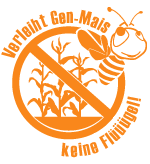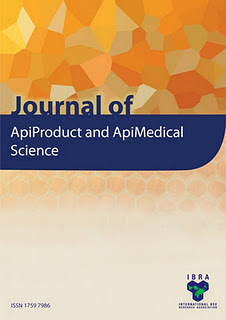Is honey a plausible candidate for the prevention of in-stent restenosis?Journal of ApiProduct & ApiMedical Science, Vol. 3 (4) pp. 160 - 163
Coronary artery disease (CAD) is the major cause of death worldwide. Initially balloon angioplasty (BA) seemed to be a commonly available treatment for such disease. The major limitation of this method is restenosis.
With the advancement of coronary stenting, the incidence rate of restenosis after ballon angioplasty has been greatly reduced. However, in-stent restenosis (accounting for 10- 40% of patients: mainly due to neointimal proliferation) has been a major drawback for such coronary interventions.
To overcome this, drug eluting stents (DES) have evolved as a prospective proposal. Stents coated with various anti-inflammatory, anti-migratory or anti-proliferative agents are under investigation. These additives suppress the inflammatory response, smooth muscle cell migration and proliferation, thereby inhibiting in-stent restenosis.
In this context, it is proposed that honey with diverse polyphenolic and flavonoid composition may prevent in-stent restenosis. Recent research demonstrated that crude honey could exert an anti-proliferative effect against various cancer cell lines such as colon, breast, bladder, oral squamous cell carcinoma and osteosarcoma.
Flavonoids and phenolic compounds present in honey have been attributed individually for their anti-inflammatory and anti-proliferative potential and it has been shown that usage of honey in wound healing reduces inflammation and pain.
Therefore, we hypothesize that crude honey which is rich in flavonoid and phenolic compounds may be a potential agent in preventing the in-stent restenosis.
If our hypothesis is proven correct, honey will be a valuable candidate for saving millions of lives by preventing in-stent restenosis.
 Lehnherr, Mathias (8. Aufl. 2017) [1992]: Imkerbuch
Lehnherr, Mathias (8. Aufl. 2017) [1992]: Imkerbuch



